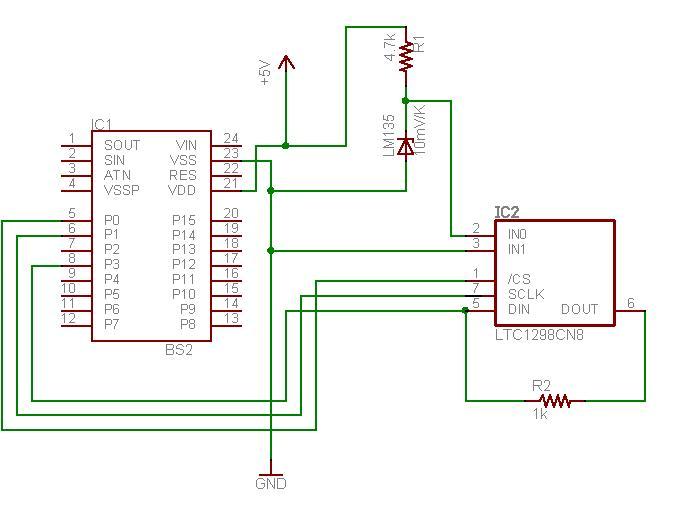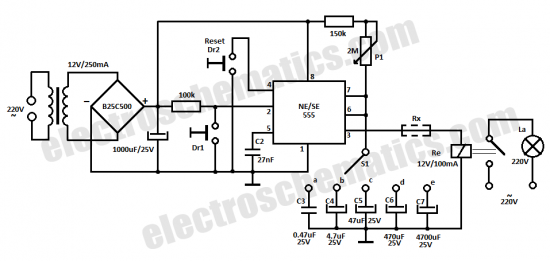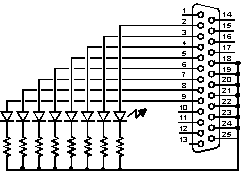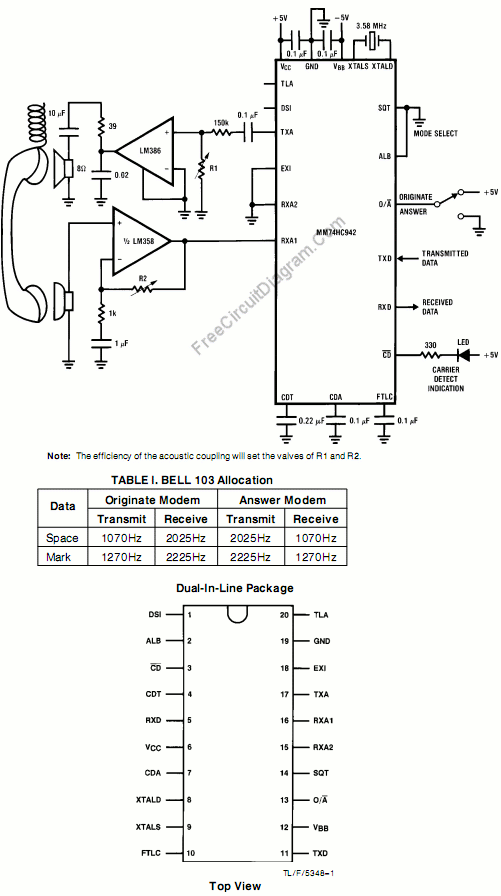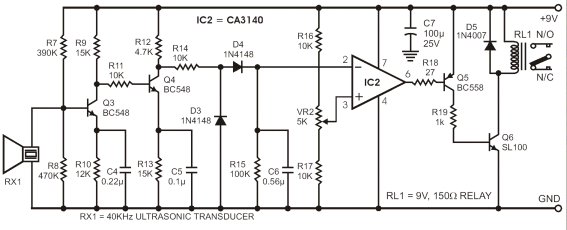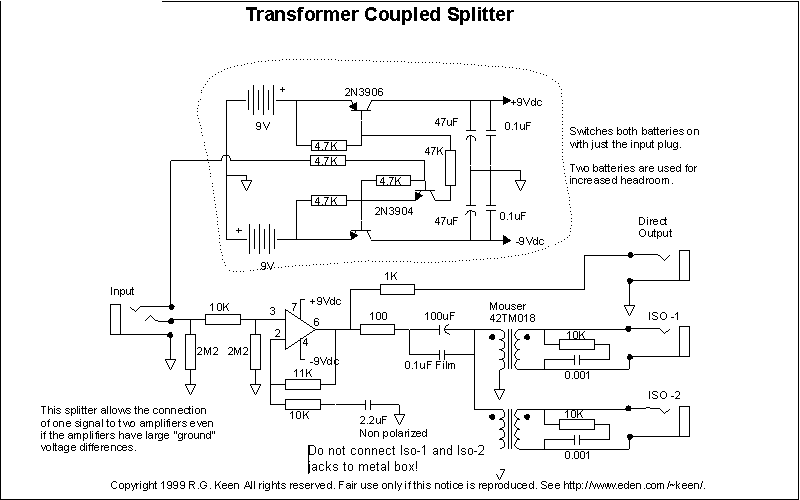
electronic thermostat and relay circuit
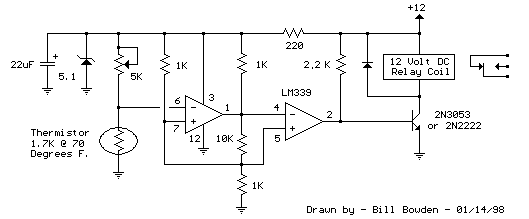
A simple thermostat circuit can be utilized to control a relay, which in turn supplies power to a small space heater via the relay contacts. It is essential that the relay contacts are rated above the current requirements for the heater.
This thermostat circuit typically consists of a temperature sensor, a comparator, and a relay. The temperature sensor, often a thermistor or a thermocouple, monitors the ambient temperature. The output from the temperature sensor is fed into a comparator circuit, which compares the sensed temperature against a predetermined set point.
When the ambient temperature falls below the set point, the comparator activates the relay. The relay, which is an electromechanical switch, closes its contacts and allows current to flow to the space heater, turning it on. Conversely, when the temperature rises above the set point, the comparator deactivates the relay, opening the contacts and cutting off power to the heater.
It is crucial that the relay is selected based on the heater's specifications, including its voltage and current ratings. A relay with a suitable contact rating ensures safe operation and prevents potential overheating or failure. Additionally, the circuit may include a diode across the relay coil to suppress voltage spikes generated when the relay is de-energized, protecting other components in the circuit.
In summary, this simple thermostat circuit effectively manages the operation of a space heater by utilizing a relay controlled by a temperature sensor, ensuring efficient and safe heating based on the ambient temperature.Here is a simple thermostat circuit that can be used to control a relay and supply power to a small space heater through the relay contacts. The relay contacts should be rated above the current requirements for the heater.. 🔗 External reference
This thermostat circuit typically consists of a temperature sensor, a comparator, and a relay. The temperature sensor, often a thermistor or a thermocouple, monitors the ambient temperature. The output from the temperature sensor is fed into a comparator circuit, which compares the sensed temperature against a predetermined set point.
When the ambient temperature falls below the set point, the comparator activates the relay. The relay, which is an electromechanical switch, closes its contacts and allows current to flow to the space heater, turning it on. Conversely, when the temperature rises above the set point, the comparator deactivates the relay, opening the contacts and cutting off power to the heater.
It is crucial that the relay is selected based on the heater's specifications, including its voltage and current ratings. A relay with a suitable contact rating ensures safe operation and prevents potential overheating or failure. Additionally, the circuit may include a diode across the relay coil to suppress voltage spikes generated when the relay is de-energized, protecting other components in the circuit.
In summary, this simple thermostat circuit effectively manages the operation of a space heater by utilizing a relay controlled by a temperature sensor, ensuring efficient and safe heating based on the ambient temperature.Here is a simple thermostat circuit that can be used to control a relay and supply power to a small space heater through the relay contacts. The relay contacts should be rated above the current requirements for the heater.. 🔗 External reference
